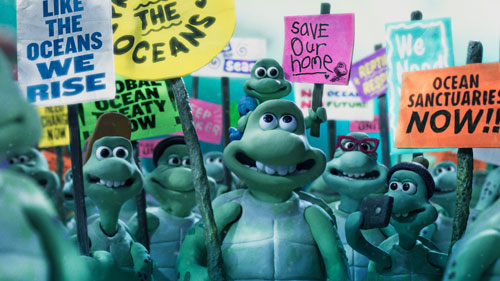
“We were really ambitious on this film, we wanted to push stop-motion with camera moves and the integration of CGI” – Gavin Strange
Jornada da Tartaruga, dirigido por Gavin Strange da Aardman, é um novo filme de animação aclamado criado para o Greenpeace que conta a história de uma família de tartarugas voltando para casa através de um oceano ameaçado pela poluição, perfuração de petróleo e pesca excessiva. The film was awarded the Jury Award for a Commissioned Film at the Annecy International Animated Film Festival. Jornada da Tartaruga addresses climate change in a compelling and impactful way and features an all-star cast of voices that include David Harbour, Jim Carter, Giovanna Lancellotti, Olivia Colman, Bella Ramsey, Dame Helen Mirren, and Ahir Shah.
Gavin describes himself as a Director and Designer for Aardman Animations by day, and a passion project pursuer going under the alias of JamFactory by night when he indulges in his enthusiasm for filmmaking, toy design, illustration and photography. A Pesquisa Global para a Educação is pleased to welcome Gavin Strange.
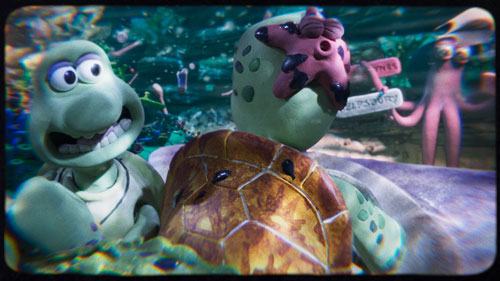
“I think stories are a great way to tell emotionally complex and nuanced narratives.” – Gavin Strange
Gavin, watching the behind the scenes videos of how this movie was made is amazing. In your own words, what are the most important lessons you learned as a director during the creative process for this project?
The whole project was such a dream to be involved in, and I’m so proud to have been the Director; it was a very special experience. I learned an awful lot during the production of the film and two of the most important lessons I learned were reinforcements of things I already believed in. Funnily enough, they were contradictory things…first, I was reminded of how important it is to surround yourself with enthusiastic and talented people, and ask for their advice. Just because you’re the Director doesn’t mean you’re expected to know everything; you need to consult the experts you’re working with, you need their input. The second important lesson was how important it is to trust your gut and go with your instinct! That may seem counterintuitive to the first point, but they’re both incredibly valuable when used together. You need to get all the information, all the data, all the expertise from your team, and then mix that in with your own ideas, thoughts and expertise. Only with all the information can you make the best possible decision.
Characters in the film are voiced by an impressive list of actors – can you talk about the creative thinking behind your decisions on casting?
Our voice cast was incredible – we were so fortunate to have all those great actors lend us their voices and their support! Like all casting, it was matching the personality of the voice to the characters in the film.
One of the best parts about when an actor brings the voice to life is the special middle bit where the character grows beyond what you’ve been imagining, in a good way! One particular moment is when we recorded David Harbour, the voice of the Dad Turtle. We asked him to just record some idle chit-chat as the character was stuck in a traffic jam. Hearing him ad-lib with new dialogue, in character, was wonderful, it really brought a whole new element to the performance.
That’s all about trust – trusting your actors, trusting the people they work with, to do what they do best.
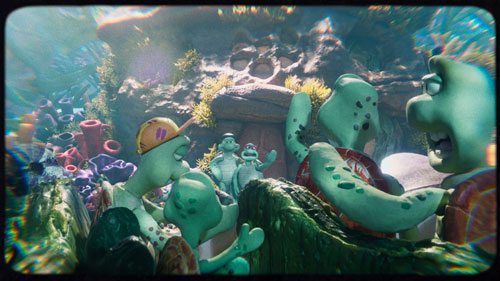
“The fact that a group of plasticine turtles being moved one frame at a time can emotionally impact someone is testament to how powerful stories and film can be.” – Gavin Strange
How have newer technologies and techniques impacted the way you create animated stories today?
We were really ambitious on this film – we wanted to push stop-motion with camera moves and the integration of CGI. Stop-motion, because of the nature of its complexity, often has locked-off camera shots. Because we were emulating the effect of the turtle’s journey being filmed by the Daughter Turtle on her phone, we wanted naturalistic movement in there, so we used a series of motion controlled camera mounts, so we could control the pan, tilt and roll of the image. Programming those moves in, manually, and then incrementally changed over time was a big challenge for the team, but they smashed it and I’m so happy with the result!
Another technique which was low-fi-meets-hi-fi was the use of a motorised bicycle wheel in the roof of the studio floor! It was an old bike wheel with gaffer tape on the spokes, with a light behind it, which was connected to a small motor, and every time a frame was taken, the wheel would move a tiny amount. This meant that when the footage was played back at 25fps, the tape on the wheel would give a naturalistic ‘dappled’ light effect, like you get under the sea!
The undersea environments were all created in CGI, with their visual cues taken from the stop-frame aesthetic. We used Houdini a lot to populate the vast ocean sets with all manner of coral. Martin, one of our 3D artists, created a tool which would allow him to ‘paint’ the scenes with coral, and they would procedurally randomise in shape, colour and style, to give an organic feel.
It’s seeing old techniques be used in new ways and visa versa that was really exciting!
The threats to the world’s oceans are overwhelming and there have been a number of global initiatives to address this problem. How can stories and filmmakers help? What feedback have you had from audiences that Jornada da Tartaruga is having an impact?
I think stories are a great way to tell emotionally complex and nuanced narratives. That’s why Greenpeace and Aardman wanted to work together – to tell a true story but using the fantastical element of animation to deliver a very real and very urgent message.
We’ve had some really moving messages from people who have seen the film and how it’s affected them. The fact that a group of plasticine turtles being moved one frame at a time can emotionally impact someone is testament to how powerful stories and film can be.
Esperançosamente Jornada da Tartaruga is doing its bit to highlight the plight of the world’s oceans and how emotionally devastating that is.
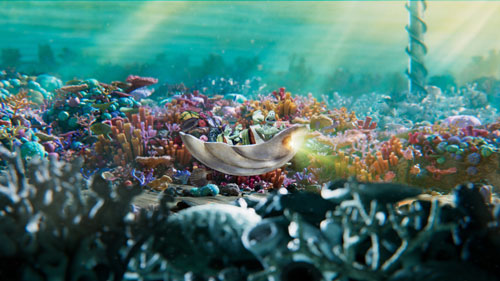
“Hopefully Turtle Journey is doing its bit to highlight the plight of the world’s oceans and how emotionally devastating that is.” – Gavin Strange
What’s next for you as a director?
Who knows what is round the corner!? I’m always excited at the prospect of not knowing what’s going to happen next! I’m developing an idea for a short as well as developing a title sequence too, so that’s a great bit of variety! In my own time, I’m really into making music but also making visualisers too, and that uses a lot of realtime technology, which I’m really interested in, so who knows where that may lead!
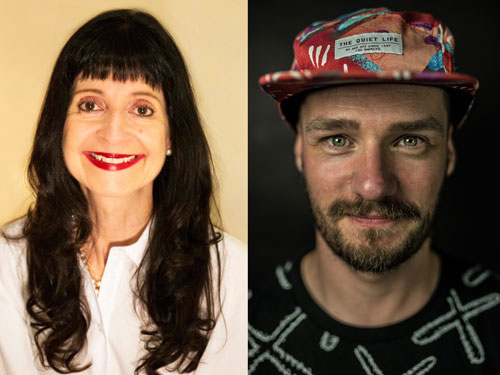
CM. Rubin and Gavin Strange
Obrigado ao nosso 800 mais colaboradores globais, artistas, professores, empresários, pesquisadores, líderes empresariais, alunos e líderes de pensamento de todos os domínios para compartilhar seu perspectivas sobre o futuro da aprendizagem com A Pesquisa Global para a Educação cada mês.
C. M. Rubin (Cathy) é o fundador do CMRubinWorld, um online editora focada no futuro da aprendizagem global, e a co-fundador do Planet Classroom. Ela é autora de três best-sellers livros e duas séries online amplamente lidas. Rubin recebeu 3 Upton Sinclair Awards para “The Global Search for Education”. As séries, qual defensores da juventude, foi lançado em 2010 e reúne distintos líderes de pensamento de todo o mundo para explorar a chave questões educacionais enfrentadas pelas nações.
Siga C. M. Rubin no Twitter: www.twitter.com/@cmrubinworld

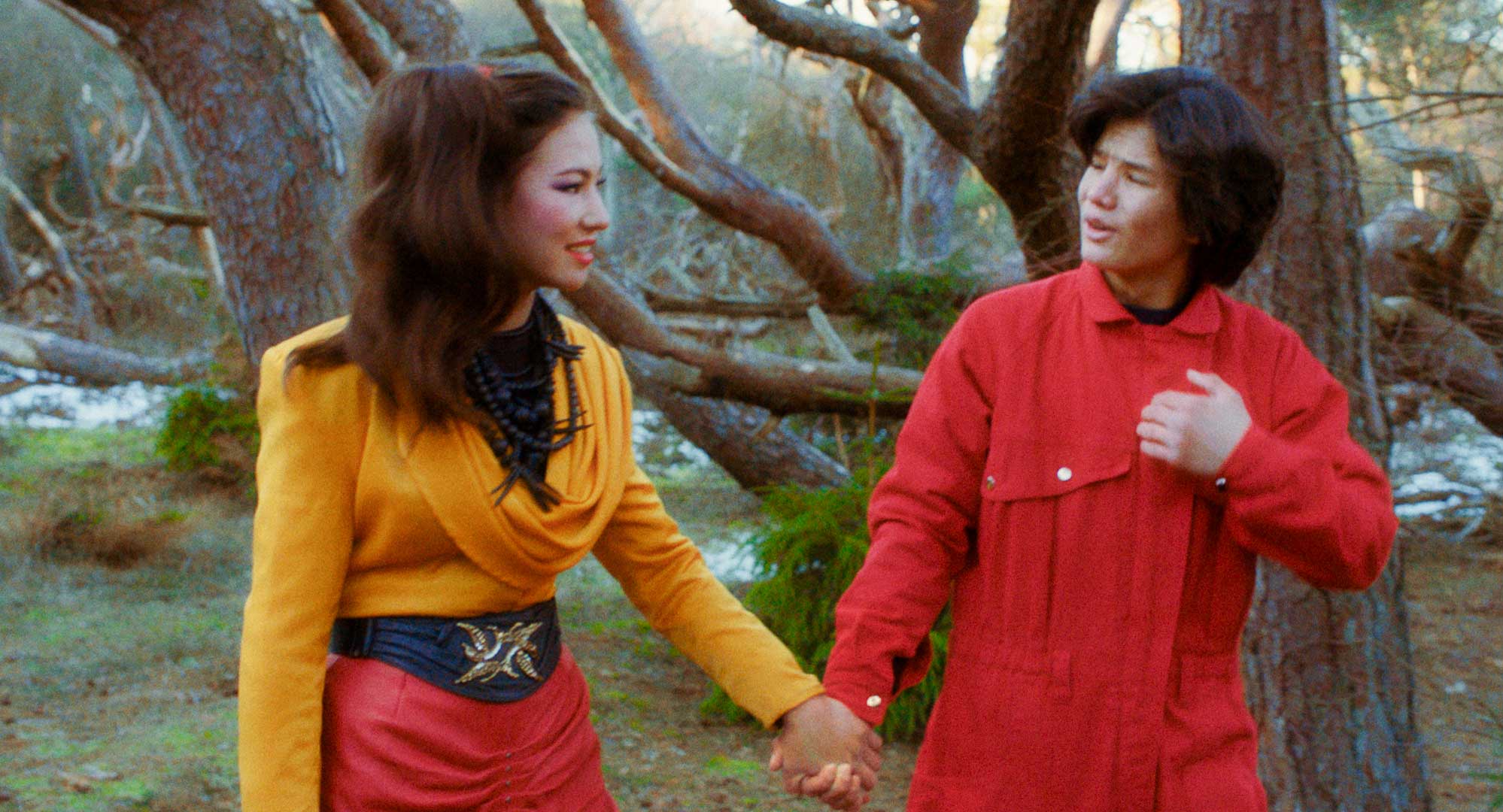
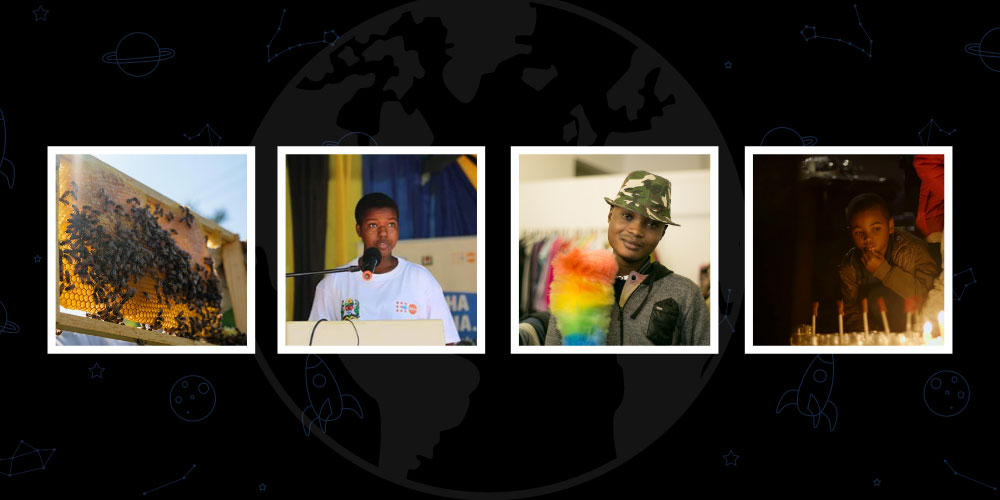
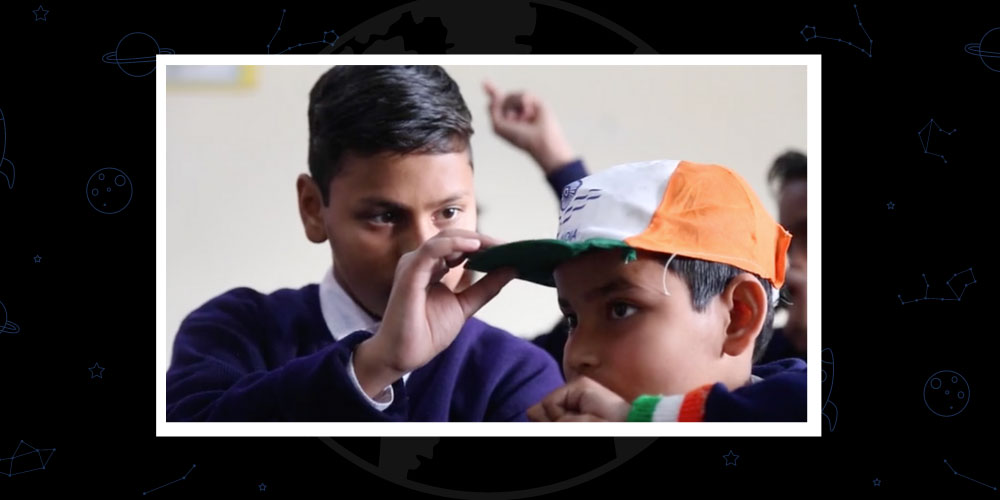
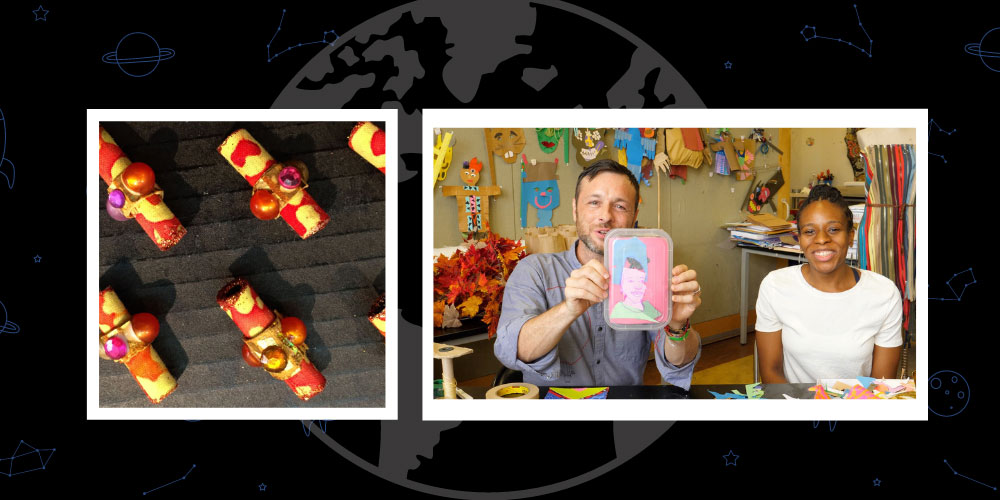
Comentários Recentes